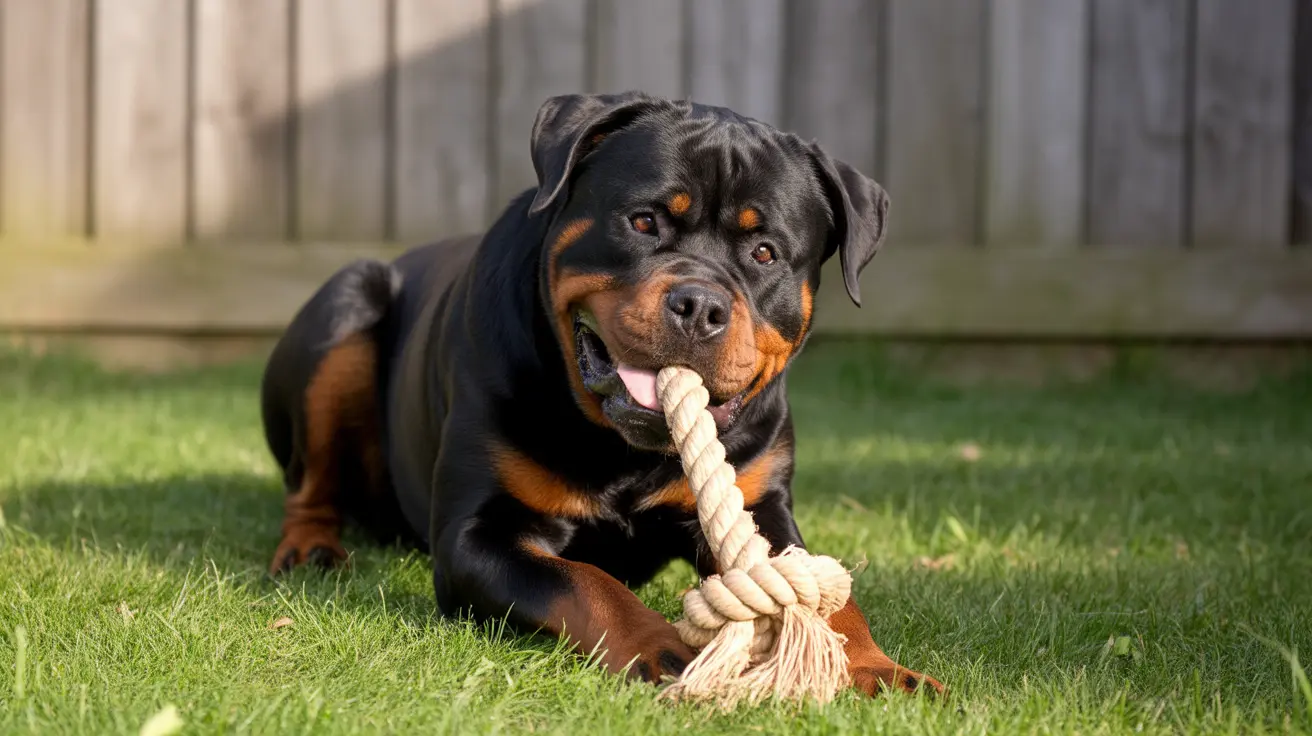Effective Distractions to Stop Your Dog From Excessive Licking
Dogs lick for many reasons — it’s a natural behavior tied to grooming, communication, and affection. While occasional licking is normal, excessive licking may indicate an underlying issue. It can be driven by medical conditions such as allergies, infections, or pain, or it may stem from behavioral causes like anxiety or boredom. Managing this behavior involves addressing medical concerns and providing appropriate physical and mental stimulation to keep your dog’s attention elsewhere.
Understand the Root Cause
Before implementing distractions, identify whether your dog’s licking is behavioral or medical. Signs of a medical issue include:
- Hair loss or wounds in the licked area
- Red, inflamed skin
- Whimpering or signs of pain
- Vomiting or gastrointestinal symptoms
If your dog shows these symptoms, consult a veterinarian. When licking is not medically driven, implementing distractions and enrichment becomes the key strategy.
Distractions to Curb Behavioral Licking
There are several effective tactics to redirect your dog’s attention and stop obsessive licking behaviors:
- Exercise: Long walks, play sessions, or fetching games provide physical release and reduce restlessness.
- Interactive Toys: Puzzle feeders, treat-dispensing balls, or chewable toys offer mental engagement and occupy their mouths constructively.
- Training Sessions: Short training routines using positive reinforcement stimulate your dog’s brain and build bonding while keeping them focused.
- Playdates or Doggy Daycare: Social interaction with other dogs can satisfy emotional needs and distract from self-soothing gestures like licking.
- Redirection with Treats: When you notice licking starting, use treats to interrupt and guide behavior toward desired actions, e.g., ‘sit’ or ‘fetch.’
Addressing Environmental Stressors
Excessive licking is often fueled by stress or anxiety. Make your home environment calming and consistent by doing the following:
- Stick to a Routine: Dogs thrive on predictability; regular feeding, walking, and sleeping schedules help reduce anxiety.
- Safe Spaces: Create a cozy corner or crate with their favorite blanket to give your dog a place to retreat and feel secure.
- Minimize Triggers: If loud noises or unfamiliar guests trigger anxiety, counteract these with background white noise or safe chew distractions.
Positive Reinforcement Techniques
When the licking is attention-based — such as face or hand licking — teach alternative ways to seek affection. Use positive reinforcement by:
- Rewarding calm behavior instead of attention-seeking licking
- Clicker training to mark and encourage appropriate actions
- Offering petting and praise only when your dog is calm
When to Seek Professional Help
If licking persists despite enrichment and distraction, it may be a sign of obsessive-compulsive behavior or deeper emotional distress. Speak with a veterinarian or certified animal behaviorist about medical assessments or anxiety treatments such as:
- Anti-anxiety medication
- Tailored behavioral modification therapy
- Desensitization exercises
Ensure Whole-Dog Wellness
Prevention starts with general health and daily care:
- Maintain a balanced, allergen-free diet
- Perform regular grooming and nail trims
- Administer flea and tick prevention
- Encourage frequent interactive play
Ultimately, a well-stimulated and emotionally supported dog is less likely to resort to compulsive licking for relief. By implementing fun, engaging distractions and keeping an eye on medical health, you can help your dog stay happy and healthy.





